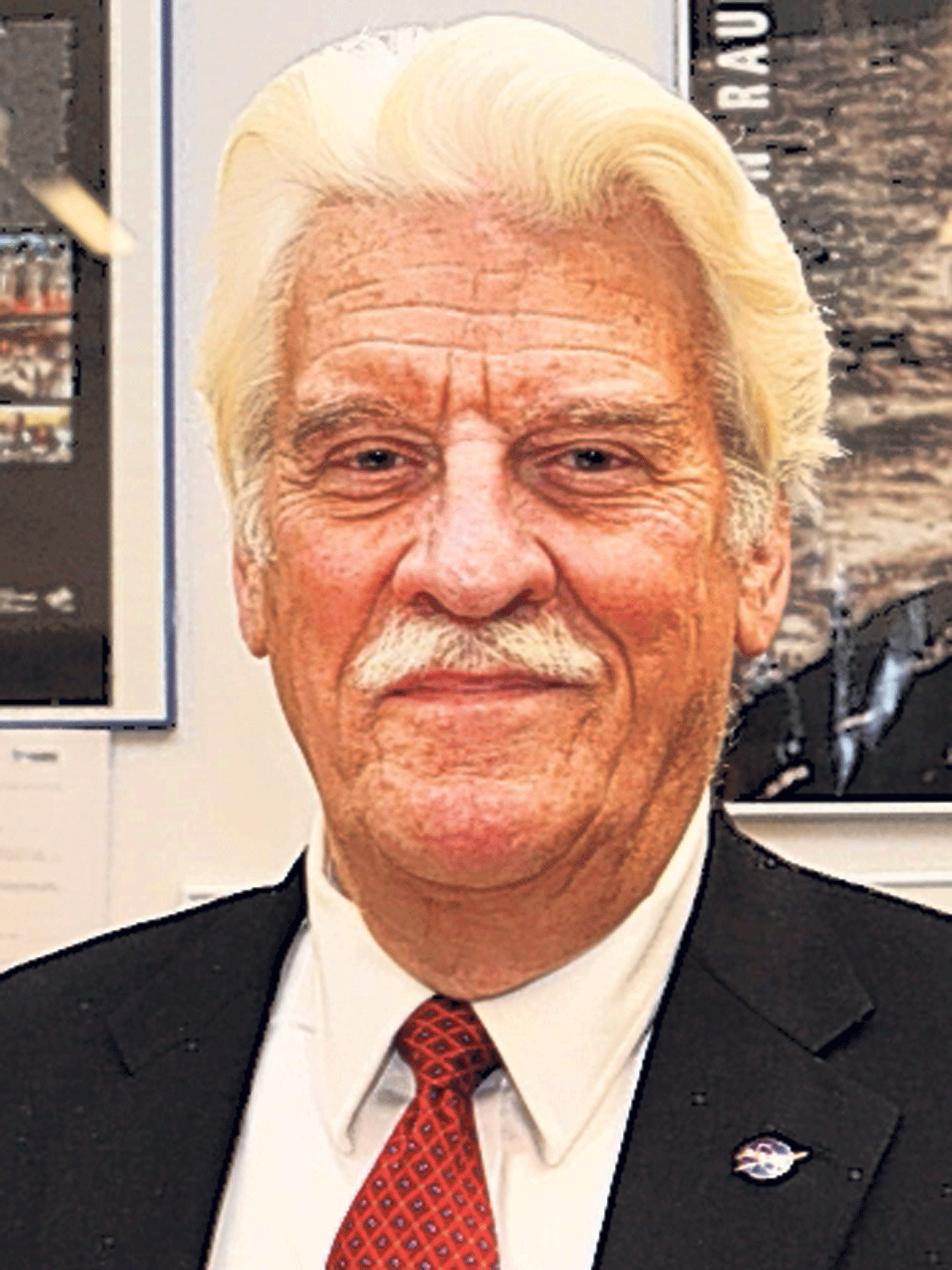Jesco von Puttkamer: Nasa engineer who worked with Wernher von Braun

Jesco von Puttkamer, who died on 27 December at the age of 79, was a member of Wernher von Braun's rocketry team in Alabama. Von Braun and his team's work led to the development of the Saturn V rocket, the rocket responsible for landing the Apollo 11 astronauts on the moon in 1969.
He was born in Leipzig in 1933; his family spent the Second World War in Switzerland, and Von Puttkamer gained a degree in mechanical engineering at Aachen. Von Braun summoned him to Huntsville, Alabama in 1962, and he worked with him at the Marshall Space Flight Center as an engineer, and program manager in charge of long-range planning of deep-space flights. He was an ardent advocate of manned space exploration and SETI, the search for extra-terrestrial intelligence.
He transferred to Nasa Headquarters in Washington in 1974, and had most recently worked as a technical manager for the International Space Station, among other duties documenting the lives of those aboard the ISS. In addition to his contributions space science, von Puttkamer also made his mark on the world of science fiction. He served as the technical advisor for Star Trek: The Motion Picture in 1979, and his novelette The Sleeping God was included in an anthology of work based on the series, Star Trek: The New Voyages 2. He also wrote more than a dozen books on spaceflight.
He said that among his most treasured achievements at Nasa were his contributions to the lunar landing in 1969; helping to rescue America's experimental space station Skylab after its near-disastrous launch into orbit in May 1973, making it habitable and eminently successful for three sets of American astronauts later that year; and also "rescuing" the back-up Skylab version from being discarded so it could be publicly displayed in the National Air and Space Museum in Washington, DC, instead of being sold for scrap.
Join our commenting forum
Join thought-provoking conversations, follow other Independent readers and see their replies
0Comments